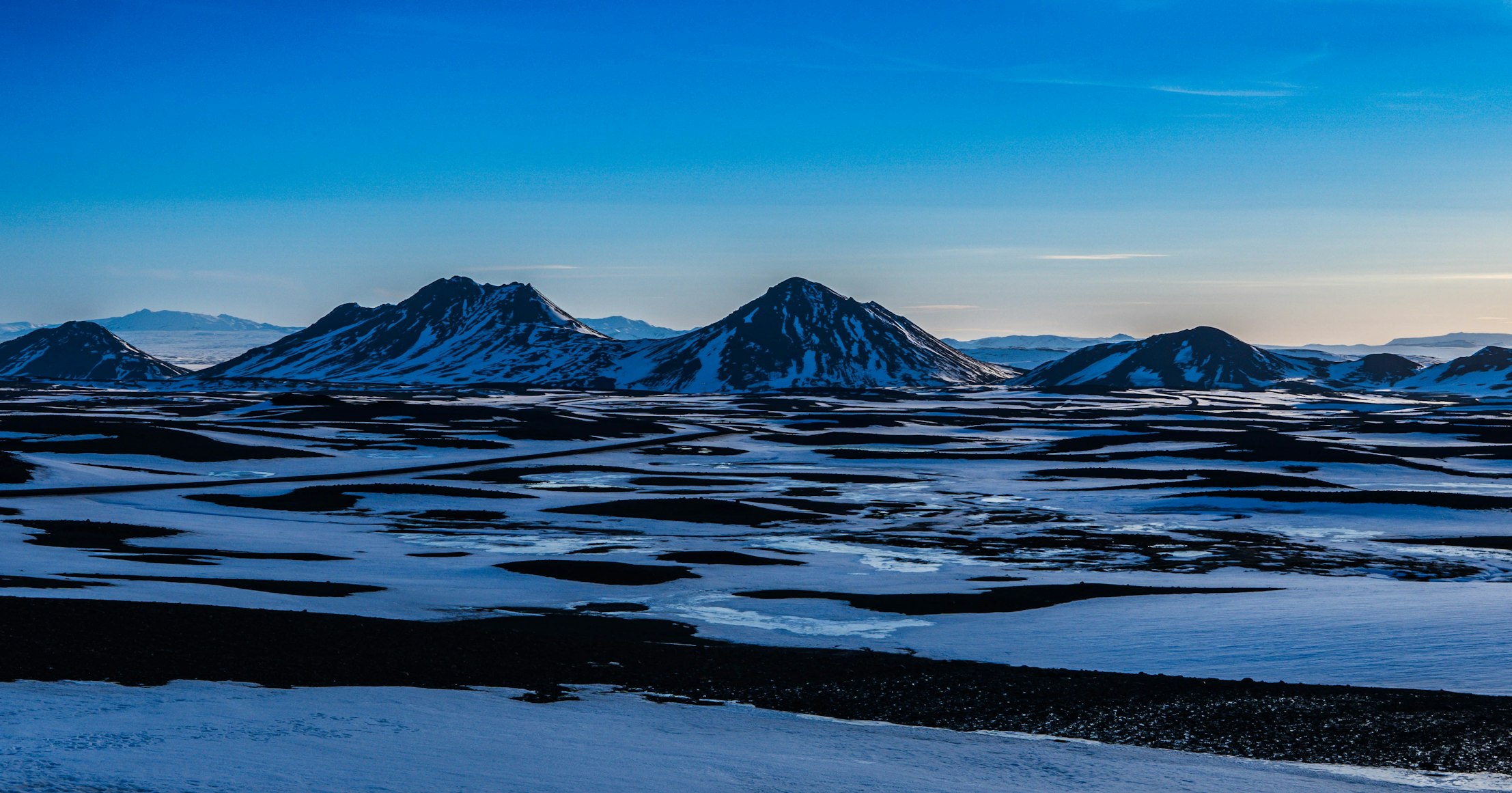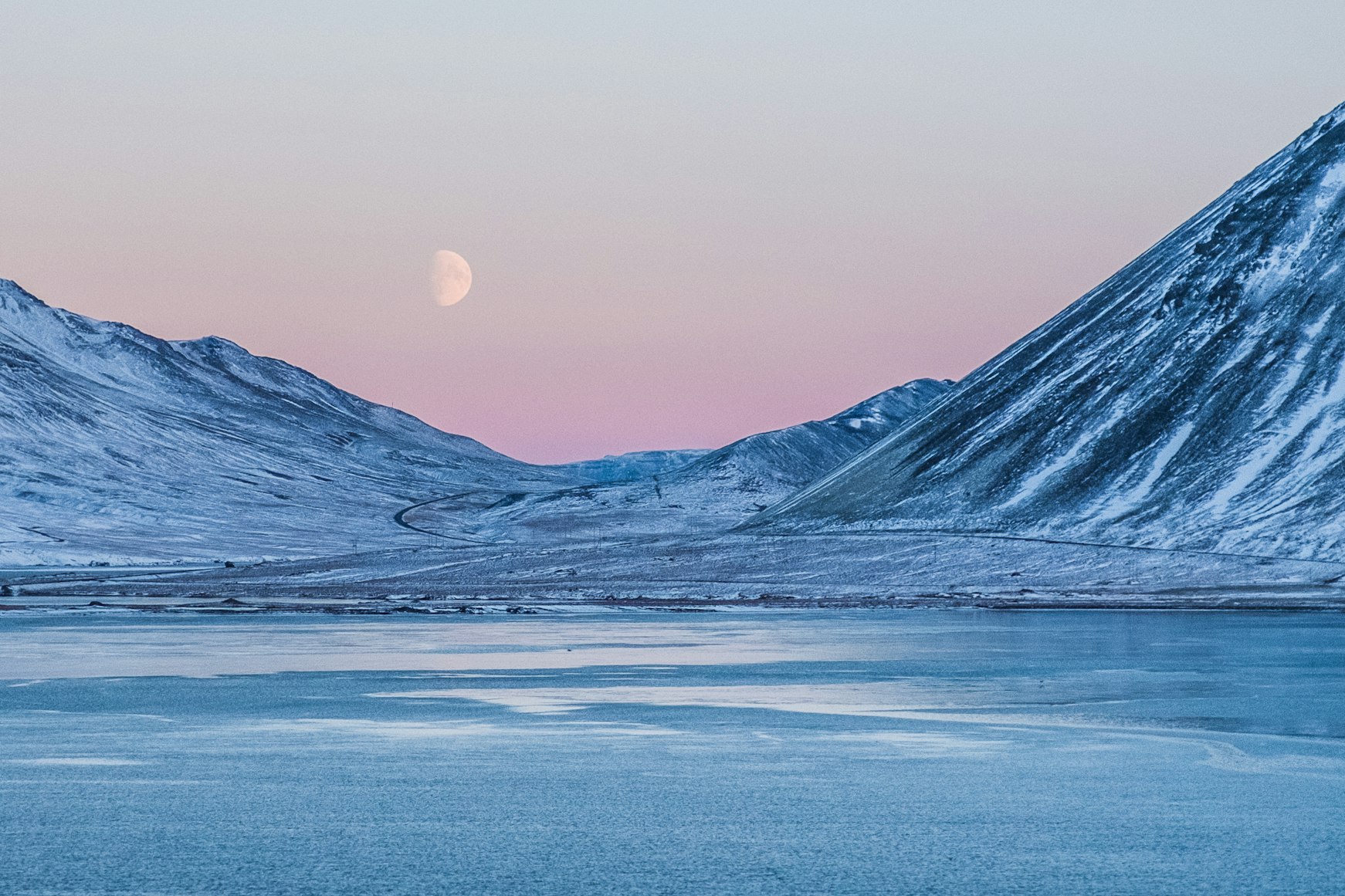Key Takeaways
- Specialized travel insurance is necessary for guided polar tours
- Polar regions are inaccessible and isolated, making medical care difficult
- Polar emergency evacuations can cost $300,000 without insurance

Just in August of 2025, CBS reported 3 people receiving an emergency medical evacuation in Antarctica. Ever so often, people get stuck in the subzero temperatures of the Arctic and Antarctic Circles. Medevacs can cost over $300,000.
You don’t want to be in the position, but polar travel is geographically isolated and unpredictable. Limited medical facilities and harsh conditions can be extremely dangerous. Let’s go over Arctic and Antarctic travel insurance, risks you need to know, and travel safety tips.
Why Polar Regions Require Special Travel Insurance
Extreme isolation
In polar regions, there are limited or no medical facilities. Medical support exists for field operations, but it is usually far away and/or very expensive. Satellite connection can also be spotty in polar regions. While the Arctic isn’t completely isolated from other lands and you can purchase a decent internet connection in the Arctic Circle, the distance and weather conditions are still a huge challenge.
Unpredictable weather
The Arctic and Antarctica are cold, yes, but that doesn’t make them predictable. You may encounter trip delays, cancellations, and risks to safety if you can’t make it into a safe shelter during a blizzard. Whiteout conditions make it extremely dangerous to travel.
Harsh environmental conditions
In the Arctic, the temperature ranges between -40°F and 50°F year-round. Travelers visit the Arctic from June to August to see polar bears.
Antarctica is a little different. Expeditions take place from November to March. The Antarctica region tends to be much colder and drier, surrounded by ocean and penguins instead of land.
Both polar regions come with harsh conditions that can lead to:
Hypothermia: If your body drops below 95°F, you’re in a medical emergency. Hypothermia can quickly kill if left untreated. It causes heart and respiratory failure. If you’re in a polar region, it’s naturally easy to get hypothermic. Symptoms include shallow breathing, shivers, slurred speech, and confusion.
Frostbite: Similar to hypothermia, frostbite is also mainly caused by exposure to cold weather. Frostbite destroys affected body tissues and can lead to loss of limb.
Whiteout conditions: Whiteout means you can barely see a thing due to weather. Traveling becomes extremely dangerous. People get lost, disoriented, and may crash into terrain.
Dark days: Many people don’t think about it, but polar regions can be mentally taxing. Polar nights is a phenomenon when the Sun remains below the horizon for over 24 hours… so there is essentially only nighttime.
High-cost emergencies
If a crisis happens in a polar region, emergency evacuation is often required to ensure the safety of those involved. You may need helicopter or icebreaker ship evacuations, which are specialized evacuation types. A short distance evacuation can cost $50,000. A longer distance evacuation can cost up to $300,000. If specialized medical care is required, it can cost even more.
Typical Insurance Requirements for Arctic & Antarctic Tours
Legitimate polar tours and polar cruises require travelers to carry insurance, including travel medical evacuation and health insurance. Polar regions are remote and difficult to reach for emergency services, so if an emergency takes place, expensive evacuation measures will likely be needed.
Legal requirements also need to be met. Travelers need to check the requirements of their destination, including any international waters or ports they go through. You don’t want to be denied entry at the border of the Arctic just because you lack the necessary travel insurance. Then you’d have to fly or sail back home, costing significant money.
Mandatory medical evacuation coverage
Each operators and country may set its own medevac coverage requirements. Generally, you need at least $100,000 of emergency medical evacuation coverage. However, you may want more just in case. A slightly more expensive premium of travel insurance is worth not having to pay hundreds of thousands in expenses in a crisis.
Proof of comprehensive medical insurance
If you have any pre-existing medical conditions like asthma or kidney disease, it will be important to get coverage for pre-existing conditions. To go on a guided polar tour you will need to show proof of comprehensive medical insurance. This usually means medical travel insurance of at least $100,000.
Note that domestic health insurance rarely covers international expenses. You need travel insurance to cover polar medical expenses.
Search and rescue coverage
Search and Rescue (SAR) services are considered different from emergency evacuation. In the United States, SAR services are generally free. However, if you’re traveling to a polar region, it is a good idea to see if you will need SAR insurance. Ask your tour operator if it is a requirement.
Trip cancellation and interruption coverage for weather
Trip cancellation insurance works if your polar trip gets cancelled due to an eligible reason. If you have Cancel for Any Reason (CFAR) insurance, you can receive the reimbursement regardless of trip cancellation reason, as long as you meet the minimum requirements (usually by notifying them 24+ hours before departure).
Trip interruption insurance is if your trip gets disrupted for eligible reasons.
If you’re going on a polar trip, it is most important to have trip interruption and cancellation insurance policies that activate if it’s because of weather issues.
Coverage for lost or damaged cold-weather gear
Cold weather gear for arctic travel can be very expensive. To go on a polar region tour you may need gear coverage.
Differences Between Arctic and Antarctic Requirements
Antarctic
Most cruises and expeditions require $150,000 to $300,000 of medical evacuation insurance.
You also must meet the International Association of Antarctica Tour Operators (IAATO) guidelines.
Arctic
Arctic travel requirements vary by country because the Arctic Circle encompasses multiple countries.
Norway: Going to Northern Norway is an exciting adventure. They have some of the most unique hotels in the world there for exquisite sights and delights. You have to try their lutefisk and brown cheese, two popular local dishes. Common travel requirements include carrying sufficient medevac and SAR insurance, as well as being over 18 years old.
Greenland: Entering Denmark’s territory of Greenland means you may need a Schengen visa. You need a minimum travel medical insurance of €30,000.
Canada: Many travelers head to Yukon to see the Northern Lights. Other than the arctic tundra, you can also visit beautiful wildlife reserves and forests. You usually need a hefty amount of medevac insurance because the remote areas of Canada are far from medical facilities.
How to Choose the Right Policy
Check your minimum coverage requirements
Most trip providers and operators in extreme environments have minimum insurance requirements.
Different countries may also have travel insurance requirements for entering the polar circles. Make sure you reach the minimum requirements, otherwise you can get into trouble. If you fail to meet the minimum threshold, common punishments or consequences include:
- Trip denial: You can’t get on the plane or ship
- Liability costs: You become personally liable for medical and rescue costs… out of pocket
- Additional expenses: You need to pay for your own lodgings, food, and flights if your trip gets delayed by bad weather or other reasons
- Legal concerns: Don’t get denied entry at the border. The Russian Arctic border and Schengen Arctic areas come with a list of requirements you need to meet, including specific insurance thresholds
Be sure to also verify other coverage limits, such as repatriation and baggage insurance.
Ensure the policy covers all activities you’ll engage in
You should have a clear itinerary of what you plan to do while visiting the Arctic and Antarctica. Common activities include:
- Aurora expeditions
- Wildlife sighting
- Kayaking
- Visiting research stations
Polar travelers often need extra travel insurance coverage for activities like dog sledding, snowmobiling, or glacier hiking. Adventure sports add-ons can cover these types of high-risk activity.
Confirm insurer covers polar regions
If you’re buying an Arctic or Antarctic specific travel insurance policy, as is ideal for such travel, it will probably provide suitable weather-related coverage. Even then, it’s important to double check what your policy covers by carefully reading all the terms.

Common Mistakes Travelers Make
Assuming standard travel insurance covers polar travel
Standard travel insurance excludes high risk regions from travel. Going to a café in Paris and seeing the Mona Lisa is completely different from traversing the freezing Arctic to see the northern lights.
Not declaring high-risk activities
Many travelers think hiding their itinerary from insurance companies will help reduce the premium. This unfortunately leads to coverage gaps. If you lie about your plans or why you’re filing a claim, you can get your entire insurance policy voided. That means no coverage at all. Popular high-risk activities include:
- Going into ice caves
- Kayaking
- Exploring icebergs
- Viewing polar bears and other wild animals
Overlooking baggage coverage for expensive cold-weather gear
Canada Goose, binoculars, and other cold weather gear can cost thousands of dollars total. It makes sense to obtain baggage insurance to cover your valuables. While you can get cheaper insurance if you choose little to no baggage coverage, most travelers find it better to cover their expensive gear and equipment.
Choosing policies with low evacuation limits
A high medical evacuation coverage limit is crucial if you’re traveling to an isolated region like the Arctic or Antarctica. It may seem like the polar medevac insurance policies are expensive before the trip, but good travel insurance is well worth it in high risk areas. No matter how good your tour operator is, it’s still possible to get stranded due to poor weather conditions, leading to necessary evacuation.
Real-Life Case Studies
People get caught in Antarctica and Arctic trip problems frequently. Here are some scenarios where polar travel insurance can be invaluable.
- An Antarctica traveler breaks a leg and needs to be evacuated via helicopter. The medevac policy covers $250,000, so they only need to pay $10,000 out of pocket
- A polar cruise gets delayed 5 days because of whiteout conditions. Trip interruption insurance reimburses the extra costs of lodgings and food
- Greenland requires thirty thousand Euros insurance for medical and evacaution costs. A traveler who started their trip in Nunavut didn’t buy the extra insurance and can’t enter Greenland

Additional Tips for Safe Polar Travel
Keep insurance documents accessible during travel
Ports, customs, physicians, and tour operators may ask you for your insurance details. This is to ensure everyone in the Arctic or Antarctic trip is financially protected, reducing the likelihood of lawsuits and safety issues. Make sure to carry your proof of coverage in both digital and printed forms.
Know your evacuation plans before departure
Everyone in your group should know what the emergency contact or evacuation plans are. Bad weather, poor internet connection, and other disruptions can make it hard to communicate during a crisis. It is much safer if everyone is on the same page beforehand.
Consider travel insurance providers recommended by your tour operator
Good tour operators want the best for their traveler group. They want you to feel satisfied and safe with everything, including your polar region insurance coverage. If someone fails to meet the insurance threshold of the region, it can also cause legal penalties and inconveniences.

Conclusion
You need specialized travel insurance if you want to explore the Arctic and Antarctica. It’s necessary because:
- Tour operators and countries require it
- Polar evacuations are extremely expensive
- Unpredictable weather often causes trip delays and cancellations
- It protects you
Pick the best polar travel insurance today.





























